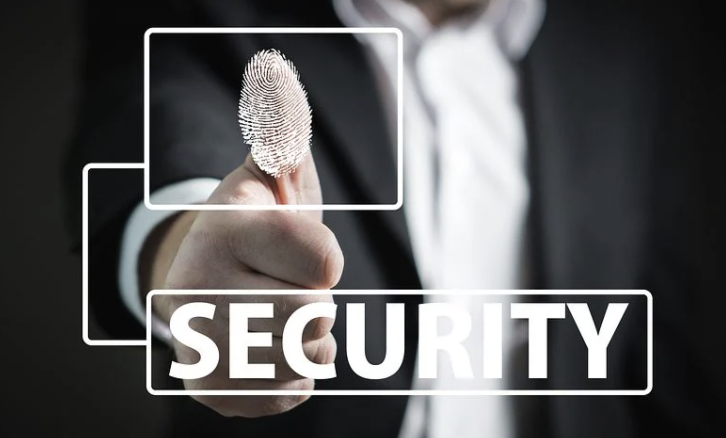Ask any security expert and they’ll likely tell you that passwords are downright laughable when it comes to security.
While enabling two-factor authentication on your various accounts might then make it take a bit longer for you to log in, the added security makes it worth any perceived hassle. If you use the same password on more than one site, download software from the internet or click on links in email messages, you should turn on two-factor authentication.
We’re the first to admit it, being secure isn’t easy, but it is important.
Here are six accounts where you should definitely opt for two-factor authentication:
- Your Google Account: Think of how many important things are contained in your email account. Important messages. Documents. Your family photos and videos. Google uses 2-Step Verification to protect its customers. “2-Step Verification can help keep bad guys out, even if they have your password,” according to the 2-step Verification landing page, which explains how it works and even has a video you can watch that explains how to use it. There are multiple ways, including Google Prompt, which is a simple yes or no pop up prompt on your phone. Enable this feature by visiting My Account and then Sign-In Security. Google Authenticator is an app you download that then generates a verification code for you. The app will scan a QR code on the desktop screen to give you access, rather than getting a code via text/call/email. These Authenticator apps also work with other services, including Amazon, Slack, Dropbox, Evernote, Facebook and more.
- Your Bank (if offered): Unfortunately not every bank offers two-factor authentication. As this Gizmodo story points out, “Banks are woefully insecure.” Thankfully there are some big ones that do, according to Two Factor Auth (as of the time of this writing; March 2017) including Bank of America, Chase, HSBC, Patelco Credit Union, USAA and Wells Fargo. If your bank offers two-factor authentication, we suggest enabling it.
- Facebook: On Facebook use Login Approvals to add a layer of additional security. You can access it under Settings > Security. Next to Login Approvals, click Edit. Then click Enable (at the top right). You can use a code generator (the default setting, accessed via the Facebook app on your phone), or, if you’d rather get a code sent to you via text message, make sure you have a phone number linked to your account, then click the “need another way to authenticate prompt when signing in.” As an FYI, you can also set up two-factor authentication for other social sites, including Twitter and Instagram.
- PayPal: Login and access the My Profile menu. Under My settings, click on Security Key. Click Get Security Key. You can register your phone number using a six-digit One Time Pin code that is texted to you. You’ll need a new one of these each time you access PayPal. Visit this page for more info on the Security Key and a link. Go into Advance Security Settings and opt to either use the authenticator app, where you scan a QR code, or use your phone number.
- Amazon: If Amazon Prime is your best friend, you should probably consider turning on two-factor authentication. Especially considering Amazon also owns audible.com, diapers.com, beautybar.com and a slew of other sites, which all use Amazon (and therefore your saved credit card) for payments. When you’re in Your Account, click on Login and Security Settings and follow the prompts.
- Nest, or other smart-home devices: Thanks to technology, our homes are getting smarter. Did you forget to turn down the heat before you left for vacation? Or worried your teenagers might be throwing a party while you’re away Saturday night? No problem. If you have the Nest and its app, you can adjust the thermostat, or view security camera footage right from your phone. It’s all very convenient until someone hacks your Nest account. The company recently announced it’s offering two-factor authentication. Once you enable this feature, on top of the password, you’d also need to type in the verification code sent to your phone. For information on how to enable this on the Nest app, visit this PC Mag story about the added feature.
Here are some other sites that offer two-factor authentication that you might consider setting up: Apple, Microsoft, Yahoo, Square, Venmo, Kickstarter, WordPress, GoDaddy, LastPass, Etsy, What’sApp and QuickBooks.
Are you covered for identity theft?
Image: Pixabay

